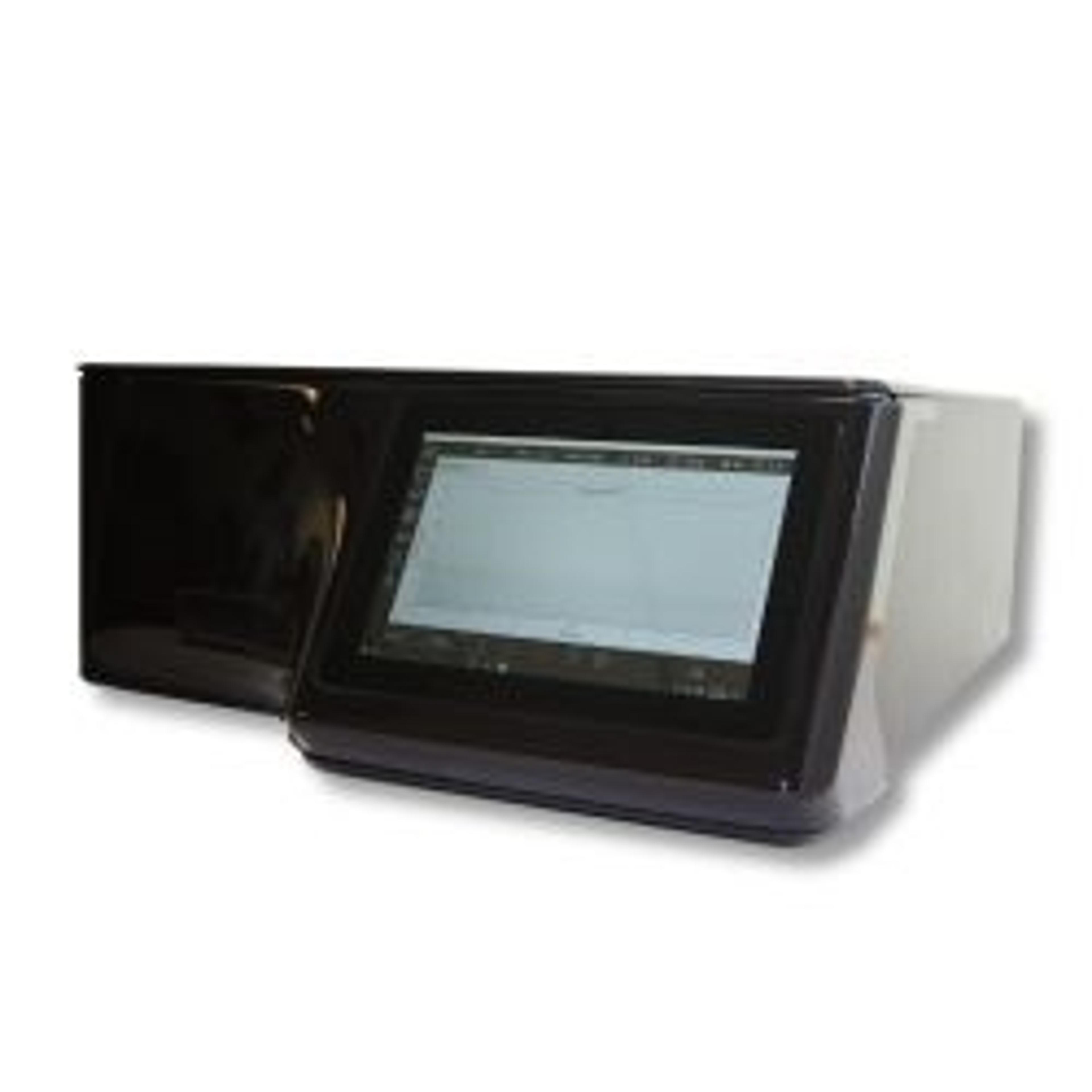Columbia University Researchers Interrogate Primary Cells using the IonFlux System
12 Jun 2011Fluxion Biosciences, Inc. announced today that the laboratory of Charles Emala, M.D. at Columbia University has demonstrated, for the first time, the effective use of ensemble recording to measure ion channel currents from human primary cells. The use of primary cells in conjunction with automated electrophysiology is essential to achieving higher physiological relevance for ion channel assays.
“This is an essential step forward for the validation of IonFlux technology” “The IonFlux platform has enabled us to obtain an impressive amount of high quality data in a short period of time,” said Dr. Charles Emala, M.D., Professor of Anesthesiology and Vice Chair for Research at Columbia University Medical Center. “Our laboratory is focused on understanding the physiology of airway smooth muscle cells as a key component for a number of diseases including asthma and allergic response. Since the GABAerginc system is an important factor in asthma and other disease states, direct ion channel current measurements are an important technique for our laboratory; progress using manual patch clamp recording is slow due to variable success rates, high labor content, and a long learning curve.
Once we validated assays to look at endogenously expressed ion channel currents in both immortalized and native primary cells, the IonFlux 16 system provided a solution for obtaining data at a high experimental throughput. It is simple to operate. While other automated electrophysiology systems are available, they are priced well beyond the budget of an individual research lab.”
The flexibility, ease of use, and scalability of the IonFlux 16 system facilitates a wide range of patch clamp experiments, including the characterization of changes in ion channel activity. The system fully automates the patch clamp process and compound perfusion, eliminating the technical skill and time associated with the manual patch clamp technique.
“This is an essential step forward for the validation of IonFlux technology,” said Steven Smith, Ph.D., Technical Director at Fluxion Biosciences. “Throughout life science and drug discovery research, there is a concerted move toward more physiologically relevant assays: recombinant cell based experiments are being replaced with experiments based on stem cell derived or, ideally, primary cell systems. For automated electrophysiology systems, primary cell recording was previously thought to be very difficult, if not impossible. The results emerging from the Emala lab have turned that perception on its head by demonstrating robust recordings and high success rates can be obtained on the IonFlux system from both primary cells of human origin and immortalized primary cells in culture that endogenously express native levels of ion channel proteins.”
The IonFlux 16 system utilizes Fluxion’s innovative Well Plate Microfluidic™ technology to automate the patch clamp process. The system includes 16 amplifiers and performs 16 voltage-clamp recordings in parallel. It provides fast perfusion of up to 8 compounds per cell ensemble for a total of 128 data points per 96-well plate. The IonFlux HT system is also available for higher throughput studies and features 64 amplifiers. The use of ensemble recording improves consistency and success rates, enabling the systematic study of ion channel kinetics and compound pharmacology. These studies were previously impractical for a wide range of investigators due to the large amount of specialized training required and relatively low throughput of the manual patch clamp technique; comparable automated patch clamp instruments have a prohibitive cost for the individual research lab. For more information about the IonFlux automated electrophysiology system, please visit Fluxion’s website at the company article page.


